Background
When it comes to sales and selling, persuasion is a crucial skill. One technique that stands out in its effectiveness is ‘Yes Stacking.’ Widely used in sales, negotiations, and everyday conversations, Yes Stacking can be a game-changer in our interactions.
When used correctly, yes stacking is a very powerful tool. But, used in the wrong way or time, yes stacking can be detrimental to the sales process and relationships you have with your customers.
This article delves into this powerful technique, guiding you through its nuances and applications, making sure you can use it in the right place and at the right time in your sales conversations or process.
What is Yes Stacking?
Yes Stacking is a persuasive technique where a series of questions or statements likely to receive affirmative answers are strategically placed before making the main request or point.
The idea is based on the principle of commitment and consistency in psychology, where agreeing to more minor, less significant points paves the way for agreement to larger requests.
Why Use Yes Stacking?
Yes Stacking proves invaluable in various settings, from closing a sale to winning an argument.
It subtly leads the audience towards a mindset of agreement and openness. For instance, a series of ‘yeses’ in sales can create a more receptive atmosphere for the final pitch.
Studies in persuasion techniques affirm the effectiveness of this strategy, showcasing a notable increase in affirmative responses with its use.
It increased the likelihood of another person saying yes to other important questions in the sales process, such as ‘would you like to buy it’.
How to Use the Yes Stacking Technique
To effectively use Yes Stacking, follow these steps:
- Start with Uncontroversial Questions: Begin with questions or statements that are easy to agree with. These could be universal truths or commonly accepted facts.
- Gradually Build Up: Progress to more specific questions related to your main point or request but which are still likely to get a yes.
- Seamlessly Transition to Your Main Point: Introduce your main request or argument after a series of affirmatives. It should be a natural progression from the previous points.
- Be Mindful of Tone and Timing: The effectiveness of Yes Stacking also depends on how naturally the conversation flows. Avoid making it sound like an interrogation.
The technique often requires using closed questions – you can learn more about closed questions by reading our article on Different Types of Questions.
Yes stacking tends to be used amongst other techniques like a questioning funnel or other sales strategies like the AIDA technique.
Used alone, yes stacking will be way too obvious and probably will have an adverse effect on the process or the relationship between you and the person you are communicating with.
Yes Stacking – Common Mistakes
While Yes Stacking is powerful, it can backfire if not used correctly. Avoid:
- Being too obvious: People may become defensive if it feels like a setup.
- Overusing it: Overdoing Yes Stacking can make conversations feel insincere or manipulative.
- Ignoring the audience’s perspective: Tailor your approach to your audience’s beliefs and values.
Advanced Yes Stacking Techniques
For anyone already familiar with Yes Stacking, consider these advanced strategies:
- Adapt to Cultural Contexts: Different cultures may respond differently to persuasion techniques. Adapt your approach accordingly.
- Mix in Open-ended Questions: This can make the conversation more engaging and less formulaic.
Further Learning
You can learn more about yes stacking in sales in our Sales Skills training course and Consultative Selling training course. In both of these sessions, we’ll show you how to use Yes Stacking within other sales techniques and strategies.




